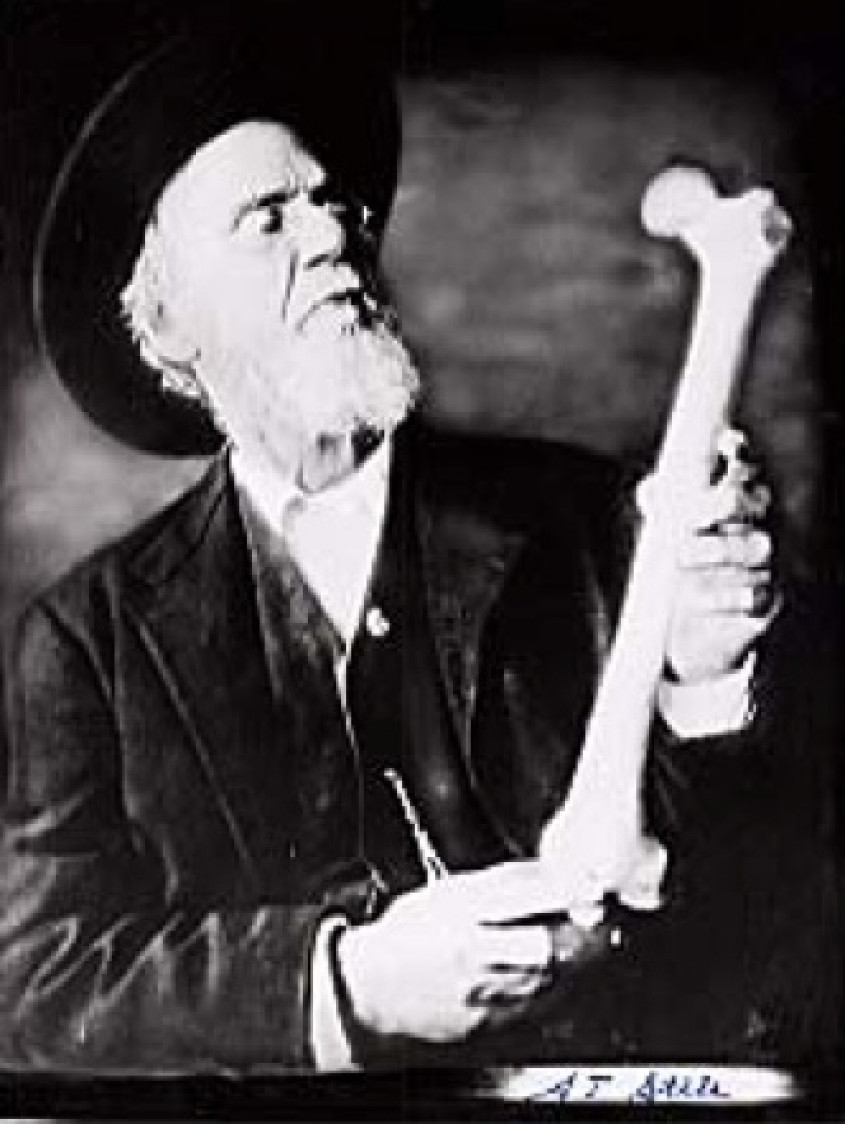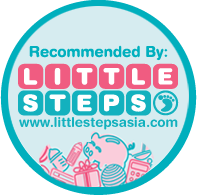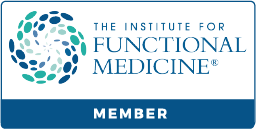
Osteopathy, Broken Bones and Impact Trauma
After a broken bone has been set and possibly put into a plaster cast, there is a lot osteopaths can do for you to ensure better healing and a faster recovery.
Due to its name people often think that osteopathy is primarily concerned with bones. And even though that is not true (osteopathy can treat a broad range of conditions), its founding father chose the name as he said that everything starts with the bones.
This statement can be better understood when we look at what role bones have in the body from a structural point of view. Osteopaths consider the body as a type of tensegrity structure.
A construct of struts and elastic lines, where the struts are at the same time under compression and tension and are therefore suspended between the lines, without actually touching each other. This model allows for great adaptability and force dissipation within the whole system.
In the body the bones are the struts and the soft tissues, like muscles, ligaments and tendons are the lines. Would bones simply snap when they break the strong tensile and compressive forces of the soft tissues would not be resisted and the whole structure would lose its integrity. Luckily in most cases the surfaces of a break are more or less held in place by the tough but flexible periosteal layer, that envelopes the bones like a tube.
Even so the two parts may have moved, been twisted, or not been set properly, meaning that the whole body will try to compensate for changes in orientation. Residual pain, loss of movement, big callouses, or problems elsewhere in the body may ensue.
How osteopathy can help
Even with new fractures, whilst still in plaster, you can go and see your osteopath to balance any residual tensions still present between the two parts of the bone.
To treat fractures in children in this way is especially important, so that the break does not cause any disruption to the growth of the affected bone.
Osteopaths can also be seen in the rehabilitation phase after a break, where we can help the body to integrate movements again and avoid any postural adaptations.
Problems with old fractures can also still be treated osteopathically, as even adult bones renew at a rate of 3-26% per year.
Lastly I want to briefly talk about those instances, where we experienced impact trauma, but the bones did not actually break.
Despite it being very traumatic, the act of a bone fracturing is a strong release of the impact force that would otherwise have to be dissipated by the rest of the body. And since we are not always in a state of absolute health and physical fluidity, rather than being dissipated those forces can become ‘stuck’ in our body tissues and we end up with a feeling of ‘never been quite right’ after an accident, but without there being any medical findings.
In those cases osteopathy can help to release the stored energy and allow the body to go back to its normal function.
Osteopathy

